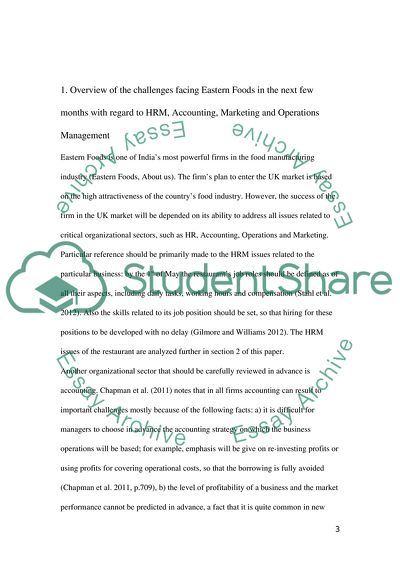Cite this document
(How to Develop the Eastern Foods in the UK Essay, n.d.)
How to Develop the Eastern Foods in the UK Essay. Retrieved from https://studentshare.org/marketing/1637082-how-to-develop-the-estren-food-in-the-uk
How to Develop the Eastern Foods in the UK Essay. Retrieved from https://studentshare.org/marketing/1637082-how-to-develop-the-estren-food-in-the-uk
(How to Develop the Eastern Foods in the UK Essay)
How to Develop the Eastern Foods in the UK Essay. https://studentshare.org/marketing/1637082-how-to-develop-the-estren-food-in-the-uk.
How to Develop the Eastern Foods in the UK Essay. https://studentshare.org/marketing/1637082-how-to-develop-the-estren-food-in-the-uk.
“How to Develop the Eastern Foods in the UK Essay”, n.d. https://studentshare.org/marketing/1637082-how-to-develop-the-estren-food-in-the-uk.


